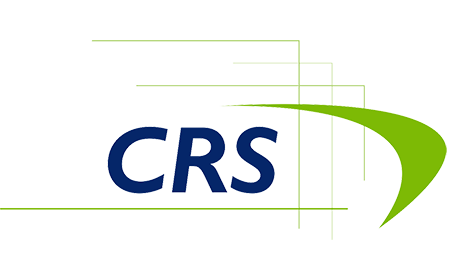Big Changes to Retirement Plans Proposed to Congress
Early last week, the U.S. House Ways & Means Committee unanimously introduced the “Securing a Strong Retirement Act of 2021” (SSRA and also being called the “SECURE Act 2.0”).
As stated by Ways & Means Committee Chairman Rep. Richard Neal, “COVID-19 has only exacerbated our nation’s existing retirement crisis, further compromising Americans’ long-term financial security. With the Securing a Strong Retirement Act, Ranking Member Brady and I build on the landmark provisions in the SECURE Act and enable more workers to begin saving earlier—and saving more—for their futures.”
While most of the provisions contained in the SECURE Act (passed in 2019) will be retained, some of them would be adjusted and there are new provisions that will significantly impact the retirement plan industry. The part of the bill that could probably have the biggest impact has to do with a new mandate of automatic enrollment.
Automatic Enrollment
The “SECURE Act 2.0” proposes that ALL new defined contribution plans, including 401(k), 403(b), and SIMPLE plans, would be required to automatically enroll participants with at least a 3% contribution rate and increase the rate by 1% per year to at least 10%, but no more than 15%. It does suggest that existing plans would be “grandfathered” in and not forced to convert to automatic enrollment. This would be a major change to our industry, would probably significantly increase participation but will also make administering a plan much more time consuming for plan sponsors. This would be a “game-changer” but will create significant challenges for companies and our industry to comply with.
Other Notable Provisions of the SSRA:
- Tax Credits: A new credit will be created and expands an existing credit to encourage small employers to offer defined contribution retirement plans. The new credit would offset up to $1,000 of employer contributions per employee in the first year, phased down gradually over five years.
- Required Minimum Distributions (RMDs): In the original SECURE Act, retirees could begin delaying RMDs from age 70 1/2 to 72. In the new bill, the age when retirees must begin drawing from tax-deferred retirement accounts would increase to 73 in 2022, 74 in 2029, and age 75 in 2032.
- Catch-Up Contributions: Catch-up contributions for 401(k) and 403(b) plans will increase from $6,500 (2021) to $10,000 for those aged 62, 63, and 64 (but not older than 64). Participants in SIMPLE plans would be allowed to contribute an additional $5,000. The existing catch-up contribution limits for those aged 50 will remain.
- Student Loan Debt: Employers would be allowed to match employee student loan payments with a contribution to the employee’s retirement plan, such as a 401(k) plan.
- Part-time Worker Eligibility: Part-time workers who work for at least 500 hours per year for two years are required to become eligible to make employee contributions to an employer’s defined contribution retirement plan. This provision reduces the Part-time Worker Provision in the SECURE Act by one year.
- Excise Tax Reductions: The excise tax for failure to take a required minimum distribution (RMD) would be reduced to 25% from 50%, and for taxpayers who take the required RMD before an IRS audit or (if earlier) the second year after the year in which the excise tax is imposed, the excise tax is reduced to 10%.
- Domestic Violence: The 10% early withdrawal tax will be waived in the case of an eligible distribution to a domestic abuse victim. Such eligible distributions may be recontributed to applicable eligible retirement plans, subject to certain requirements.
Will it Fly?
Please note that this is not all of the proposed provisions but are most of the major ones, in terms of the impact that we feel that they will have to employer sponsored plans. They will almost definitely change as the legislation reaches final approval, but this proposal has broad support from both sides of the isle and is expected to come to fruition, in one form or another. Congress is hoping to have this passed into law before the end of the year and will most likely be implemented in a phased in approach, over time.
CRS will keep you updated on these important developments. Feel free to contact us with any questions.
Sources:
https://www.napa-net.org/sites/napa-net.org/files/SSRA%20Provision%20Tracker_0.pdf https://www.asppa-net.org/news/browse-topics/what%E2%80%99s-new-SECURE-act-20
https://www.forbes.com/sites/kristinmckenna/2021/05/06/4-ways-the-SECURE-act-20-would-change-retirement-planning/?sh=2fdfcadf28f0
Michael Davis has been in the retirement plan industry since 1994 and is our Vice President of Sales at CRS. Michael can be reached via email at .





